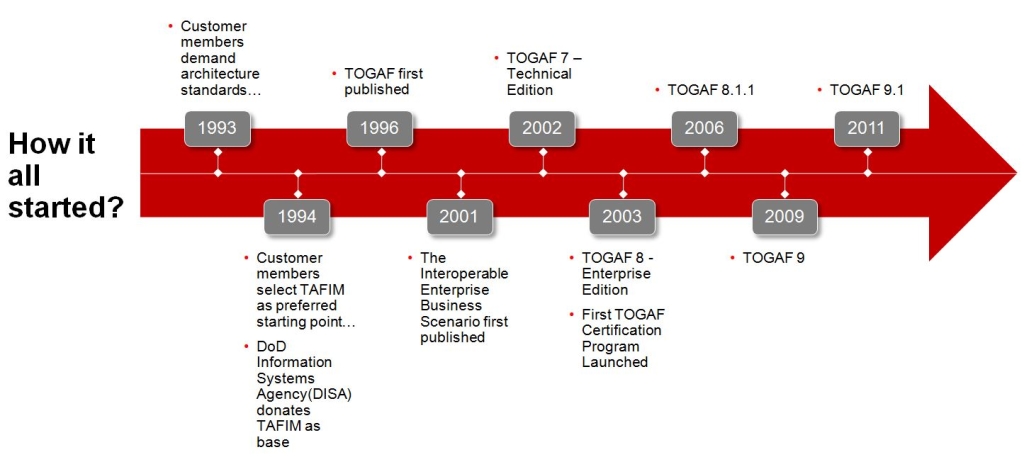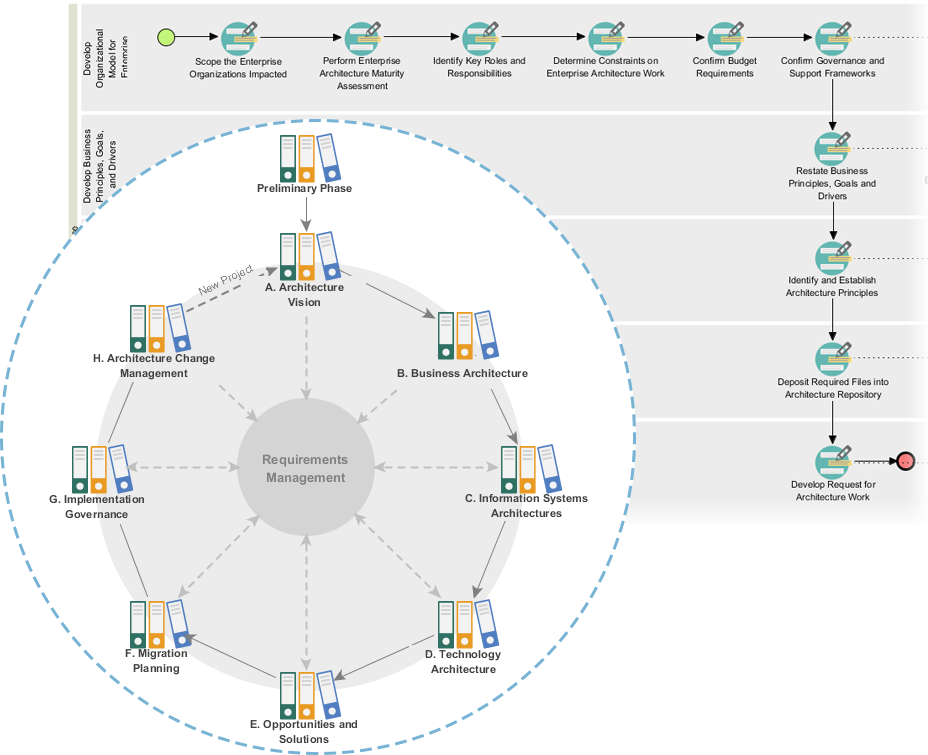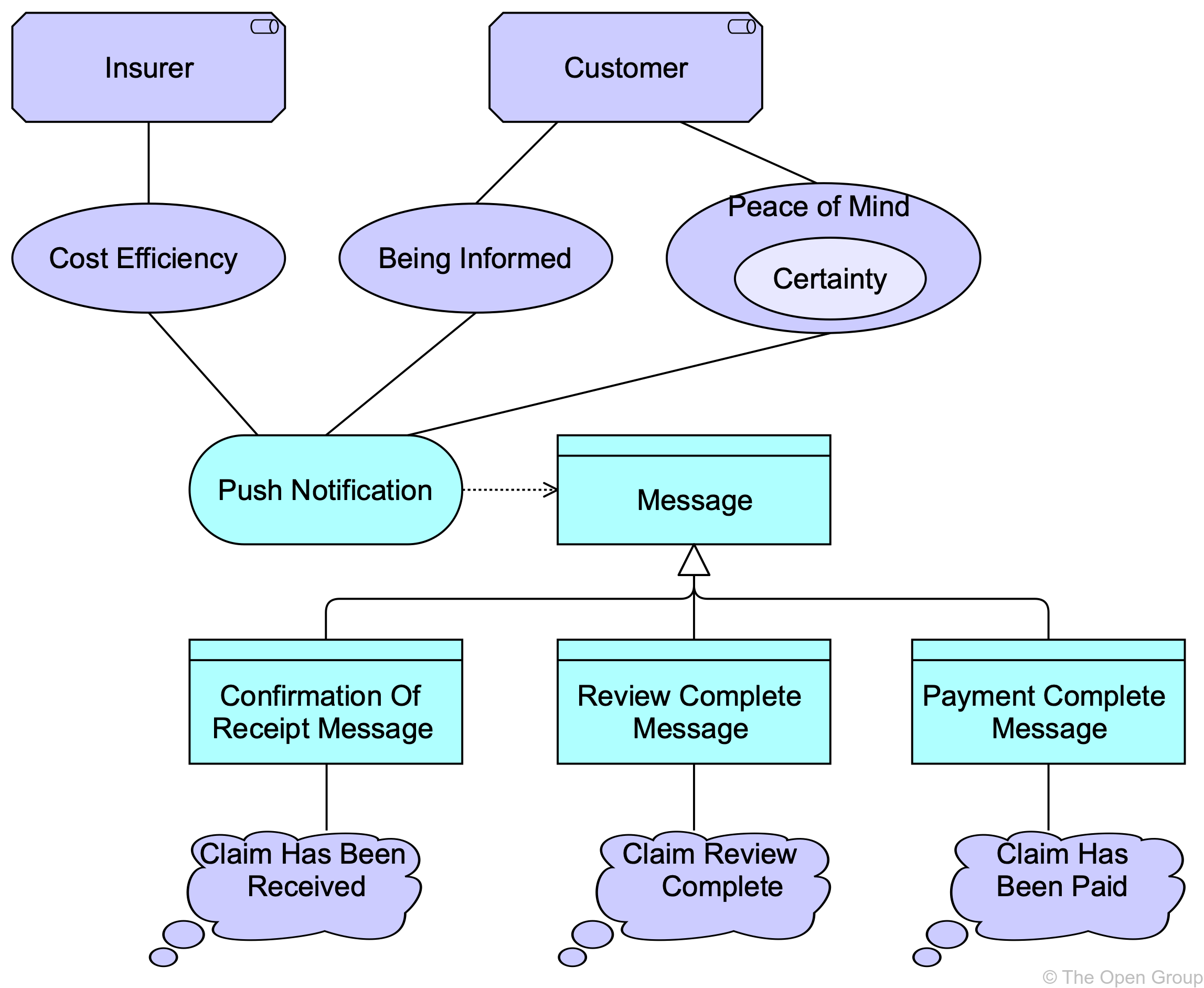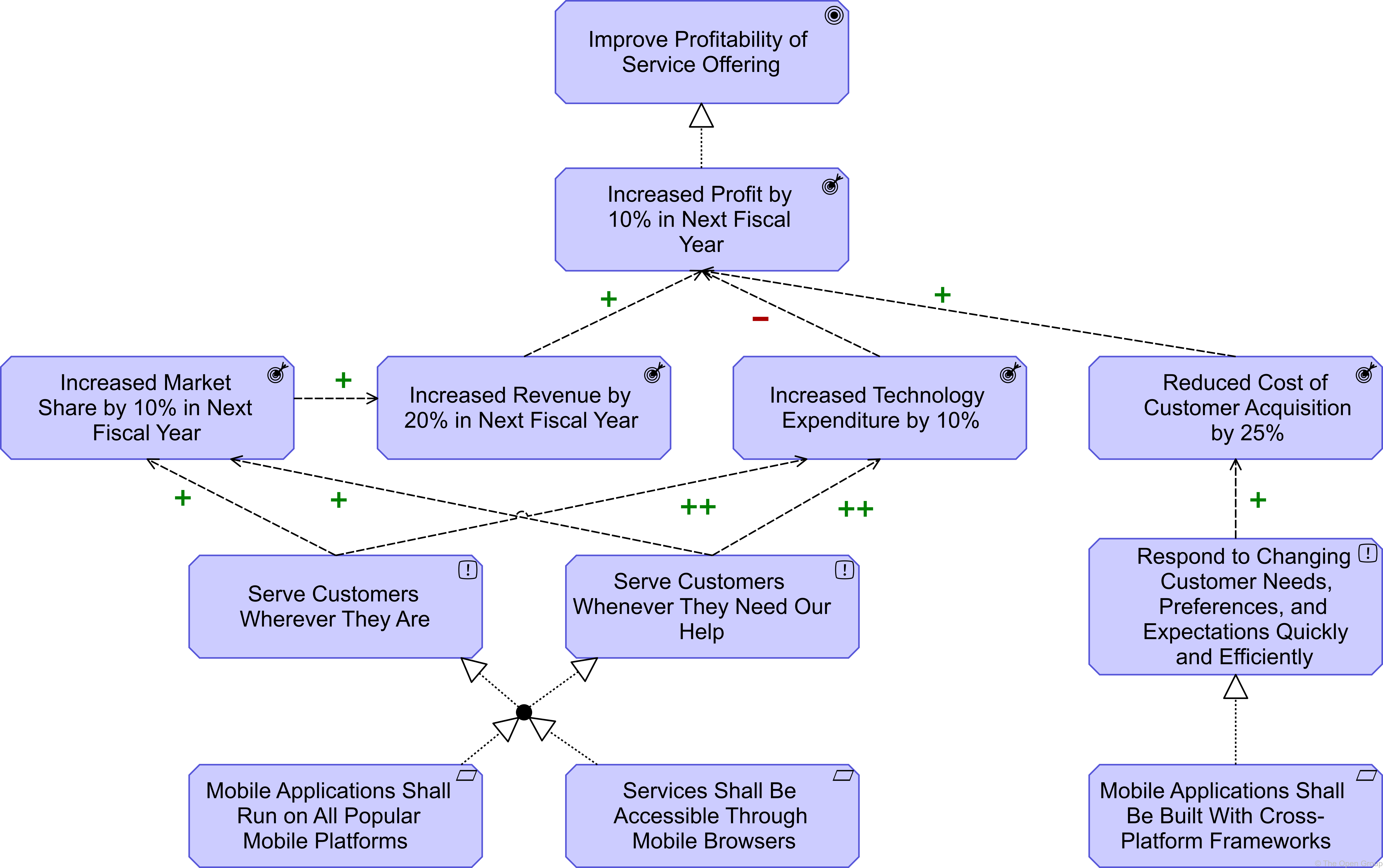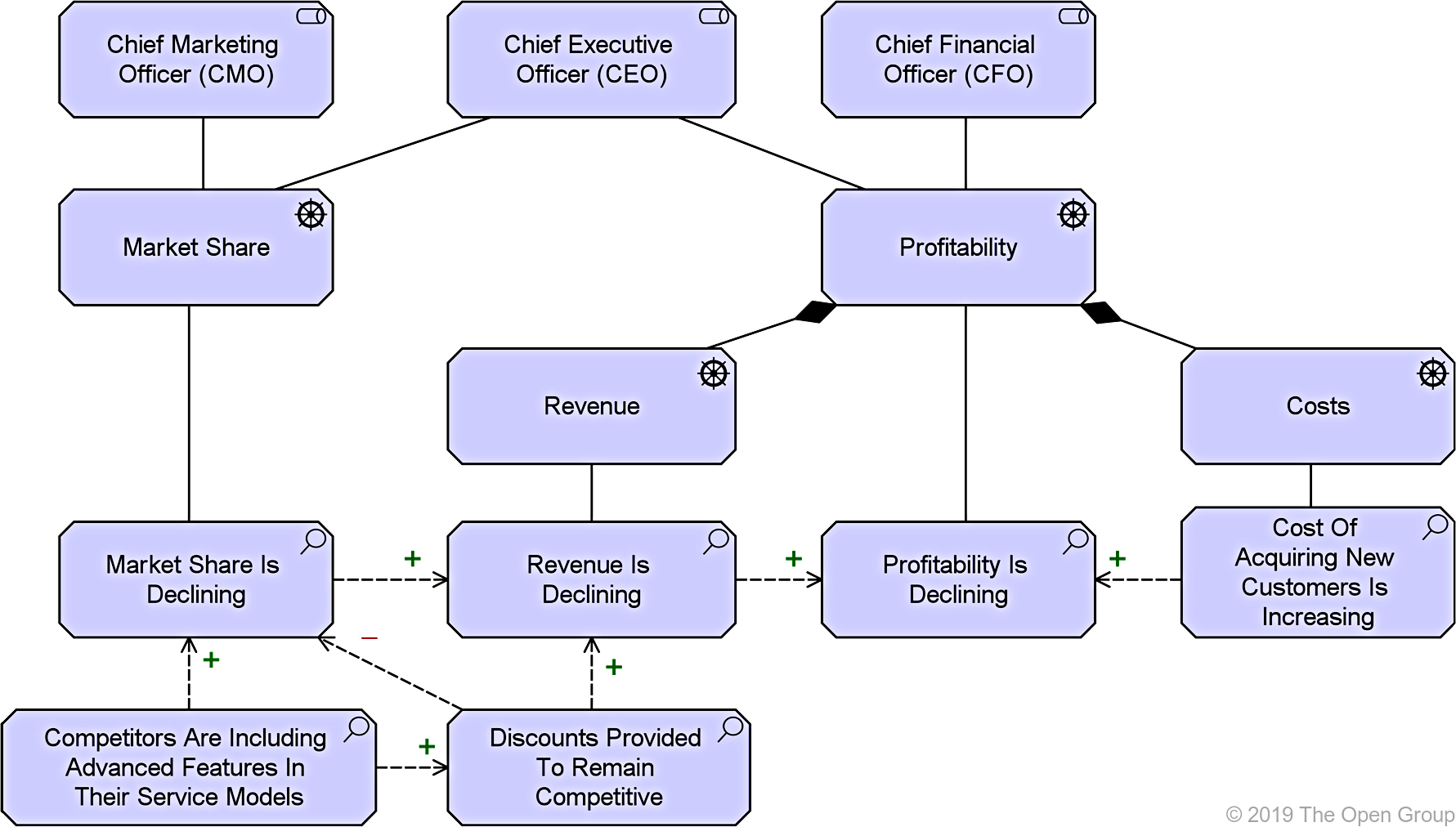The History of TOGAF EA Framework
Introduction The Open Group Architecture Framework (TOGAF) has become a cornerstone of Enterprise Architecture (EA) practice since its inception. This article explores the history of TOGAF, its evolution, and its impact on the field of architecture within organizations. Origins of TOGAF TOGAF's roots can be traced back to the early 1990s when it was developed by The Open Group, a global consortium focused on advancing technology standards. The original version, known as the Technical Architecture Framework for Information Management (TAFIM), was introduced in 1995. TAFIM aimed to provide a structured approach to managing…continue reading →

